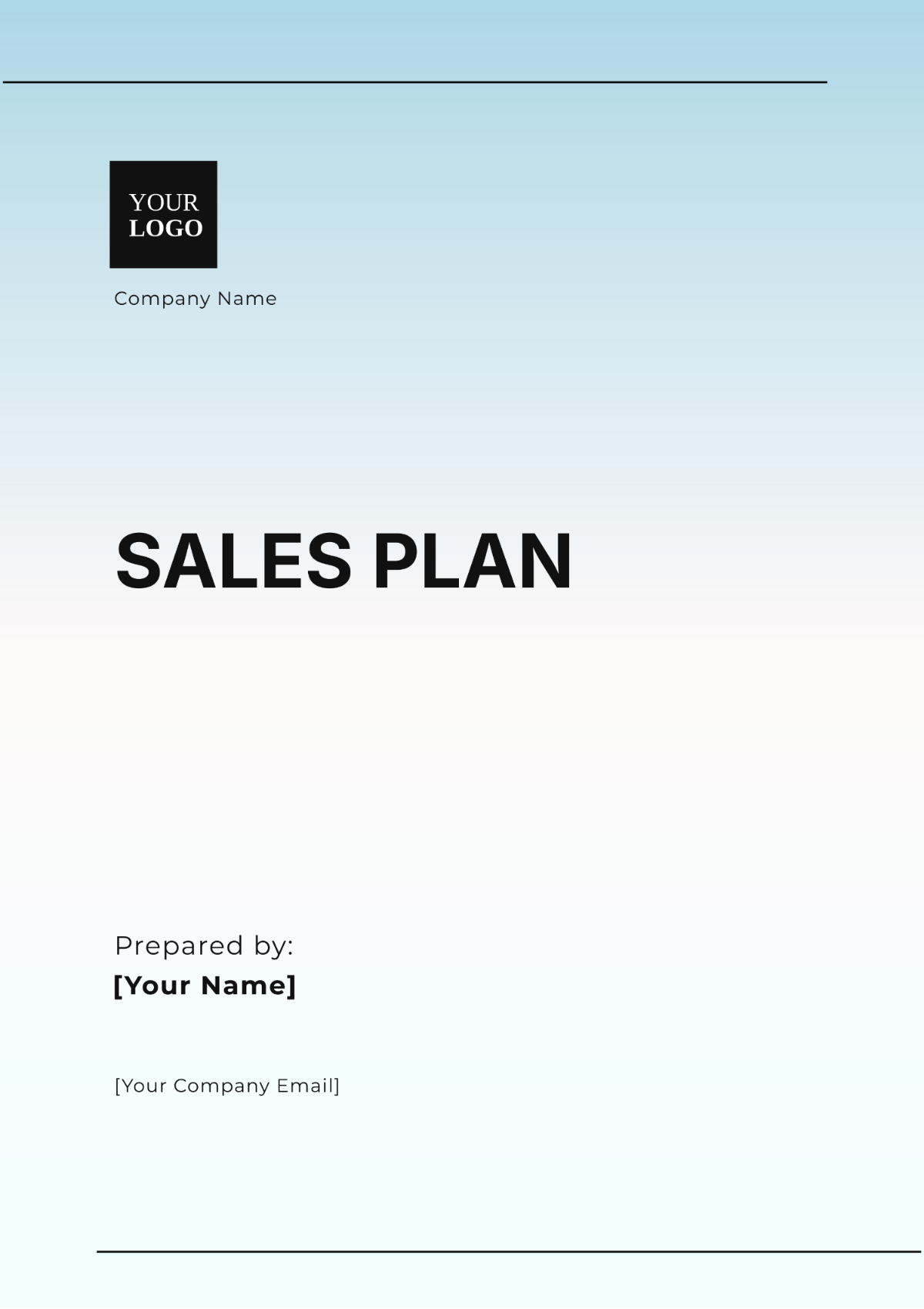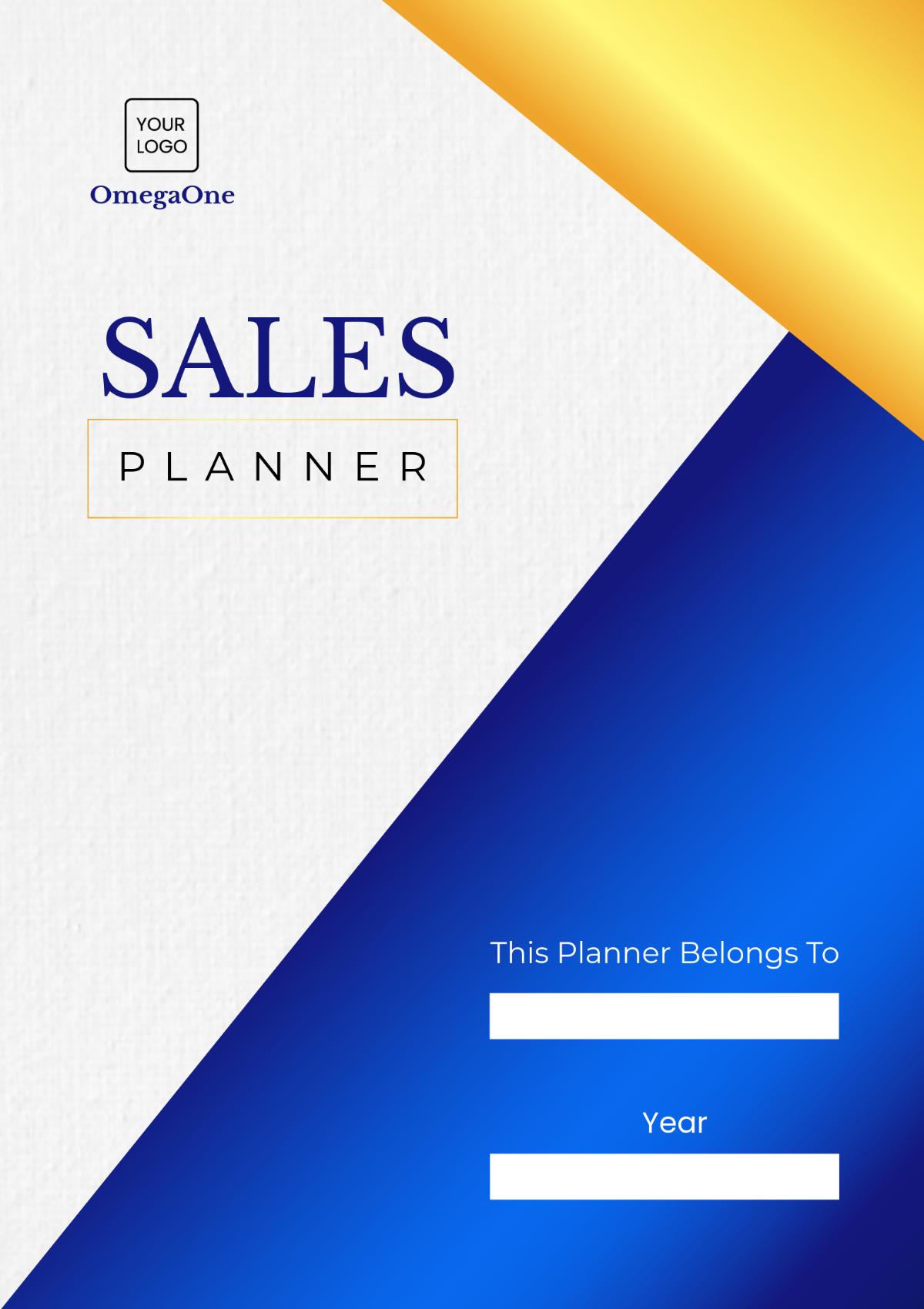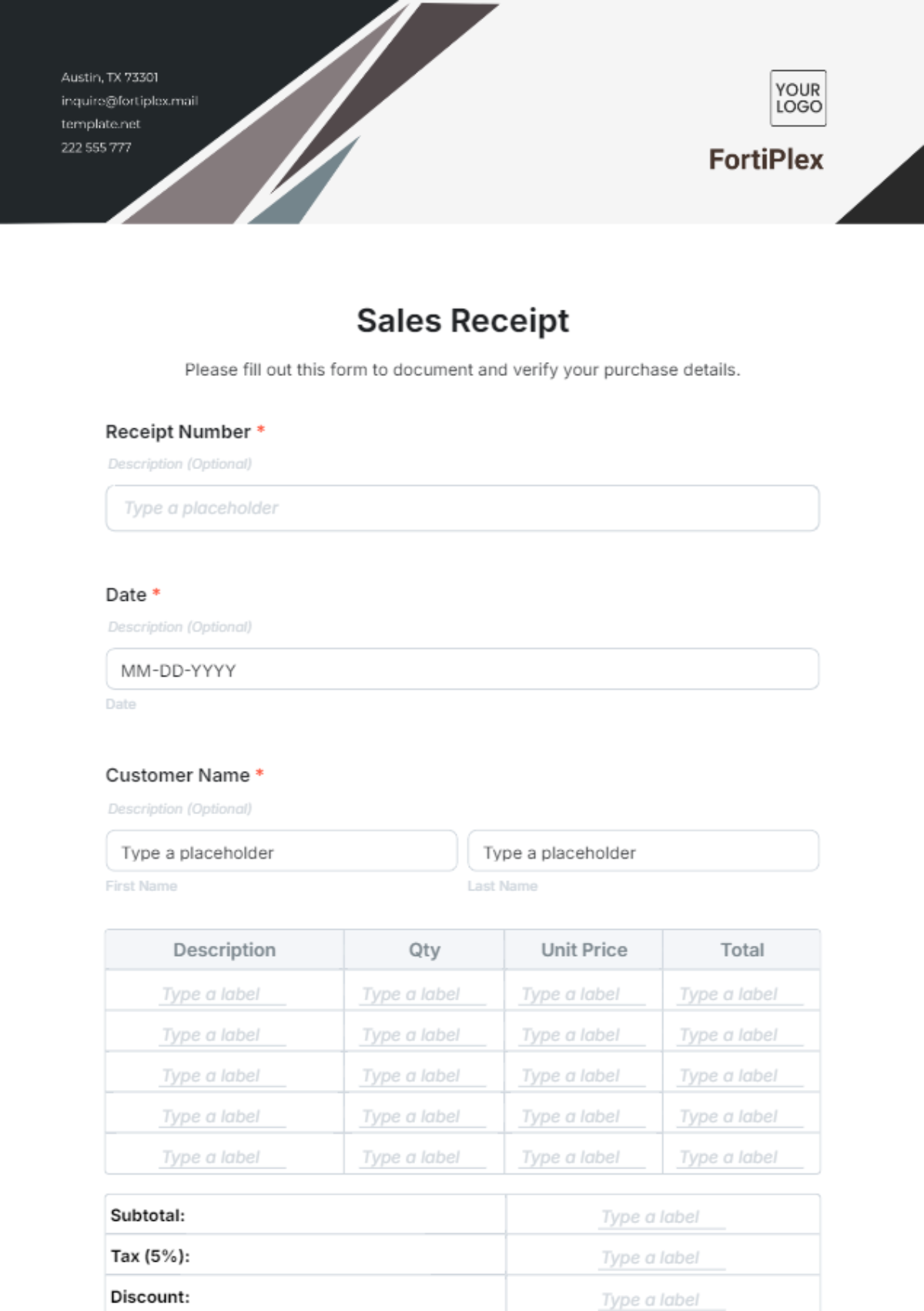Salesforce Business Requirements Document
I. Introduction
This Salesforce Business Requirements Document (BRD) outlines the key business needs and objectives for implementing or enhancing Salesforce within [YOUR COMPANY NAME]. It defines the functional and non-functional requirements, integration points, and customization needs, providing a comprehensive roadmap for project stakeholders. This document will serve as a guide for the development, configuration, and deployment of the Salesforce solution to meet the specific business goals of [YOUR COMPANY NAME].
II. Business Objectives
The primary objective of this Salesforce implementation is to streamline the customer relationship management (CRM) process and improve operational efficiency across the organization. The goals include:
Centralizing customer data to ensure consistent, real-time access for sales, support, and marketing teams.
Automating key business processes, such as lead management, sales forecasting, and customer support workflows, to improve productivity and reduce manual efforts.
Integrating Salesforce with other enterprise systems to provide a unified view of business data and enhance decision-making capabilities.
III. Functional Requirements
The Salesforce solution must meet the following functional requirements to align with the business objectives:
Lead Management: The system must automatically capture and assign leads from multiple sources (website forms, emails, social media) and route them to the appropriate sales team.
Sales Forecasting: The platform should allow sales managers to view and manage forecasts, with features for tracking sales performance and predicting future revenue based on historical data.
Customer Support Workflows: The solution must include customizable support workflows to manage customer tickets, assign cases, and track resolution times.
Reporting and Analytics: A set of predefined and customizable reports and dashboards must be available for tracking key performance metrics, such as sales performance, lead conversion rates, and customer satisfaction scores.
Mobile Access: Salesforce must be accessible on mobile devices for sales and support teams to update records and track progress remotely.
IV. Non-Functional Requirements
In addition to functional specifications, the following non-functional requirements must be considered for the Salesforce implementation:
Security: The system must comply with industry-standard security protocols (such as encryption, multi-factor authentication, and data masking) to protect customer data.
Performance: Salesforce must handle up to 10,000 concurrent users with minimal performance degradation. Response time for reports and dashboards should be under 3 seconds.
Scalability: The system should be designed to support future growth, with the ability to handle increasing data volumes and user counts without significant changes to the architecture.
Reliability: The platform should achieve 99.9% uptime, with proactive monitoring in place to identify and resolve issues before they impact business operations.
V. System Integrations
Salesforce must integrate seamlessly with the following systems:
ERP System: Integration with SAP S/4HANA is required to sync customer orders, invoices, and payments.
Marketing Automation Tool: The Salesforce platform must sync with HubSpot to ensure consistent lead flow and marketing campaign tracking.
Customer Service Platform: Integration with Zendesk should enable automatic ticket creation and tracking from Salesforce.
External Databases: Integration with Microsoft SQL Server is necessary to ensure customer data consistency across platforms.
These integrations will allow for real-time data sharing and reduce duplication across systems.
VI. Timeline and Budget
The following is a high-level timeline and budget for the Salesforce implementation:
Milestone | Target Date | Responsible Team | Estimated Budget |
|---|---|---|---|
Requirement Gathering | March 15, 2050 | Business Analysts | $50,000 |
System Design & Customization | April 25, 2050 | Salesforce Consultants | $100,000 |
Integration Development | June 10, 2050 | IT & Integration Teams | $75,000 |
Testing & QA | July 15, 2050 | QA Team | $25,000 |
Deployment & Go-Live | August 1, 2050 | Implementation Team | $30,000 |
The total estimated budget for the project is $280,000, with a projected completion date of August 1, 2050.
VII. User Roles and Permissions
The Salesforce solution must support the following user roles and permissions:
Administrator: Full access to all system settings and customization options.
Sales Manager: Ability to manage forecasts, track opportunities, and generate reports.
Sales Representative: Access to leads, contacts, and opportunities.
Customer Support: Ability to create and manage customer service tickets and track resolution progress.
Marketing: Access to lead and campaign management features.
These roles will ensure that each user has the necessary permissions to perform their job functions efficiently.
VIII. Conclusion
This Salesforce Business Requirements Document provides a clear roadmap for the implementation of Salesforce at [YOUR COMPANY NAME], detailing the business needs, functional and non-functional requirements, and system integrations necessary for success. By aligning the project with these requirements, [YOUR COMPANY NAME] aims to improve customer relationship management, increase operational efficiency, and drive business growth. With a successful implementation, the company will be well-equipped to meet its objectives and enhance its competitive advantage.
Prepared by: [YOUR NAME]
Email: [YOUR EMAIL]















































